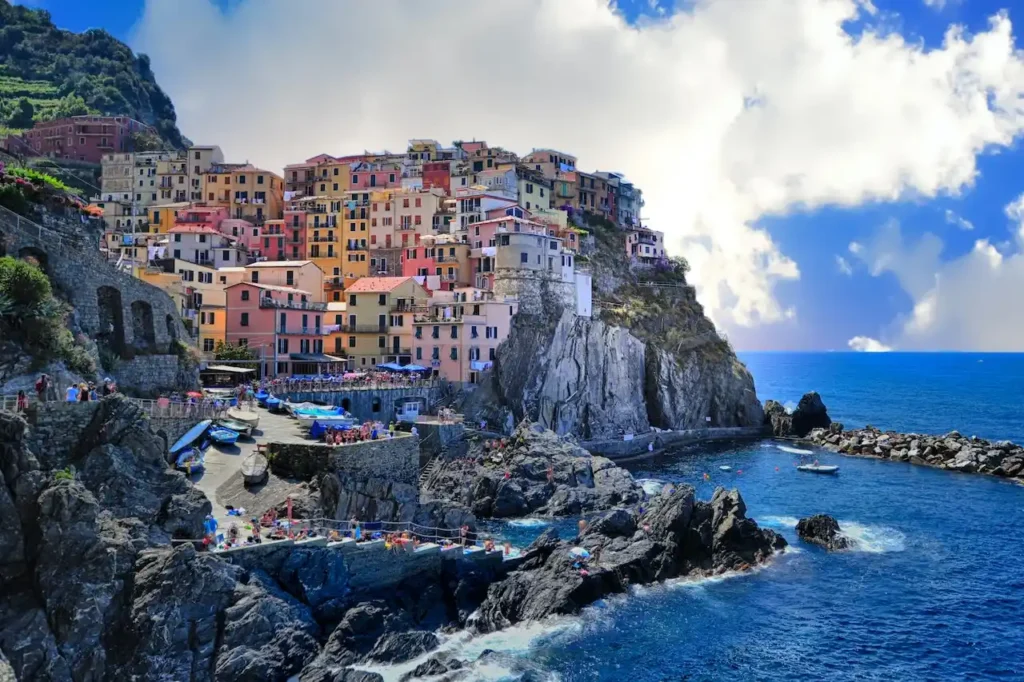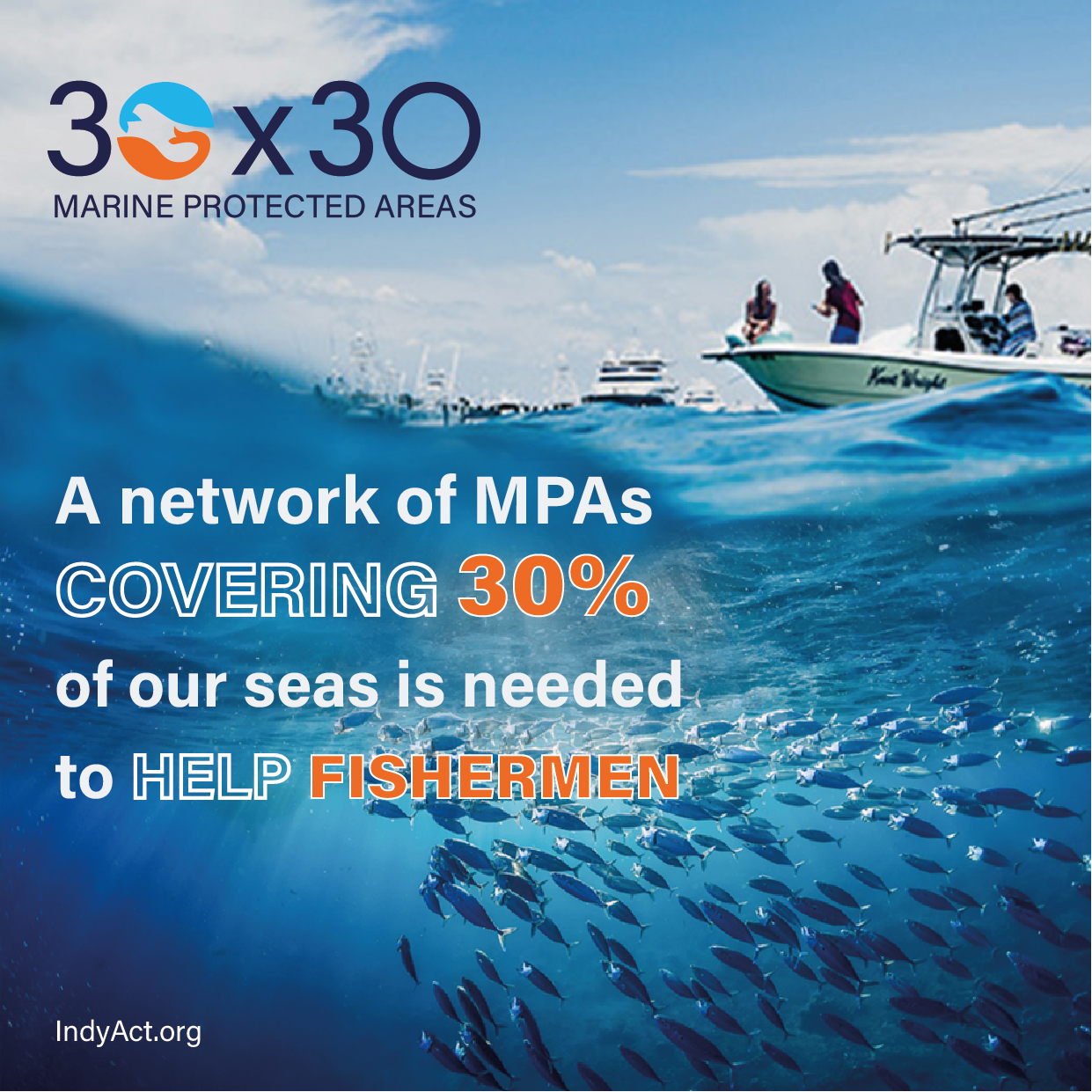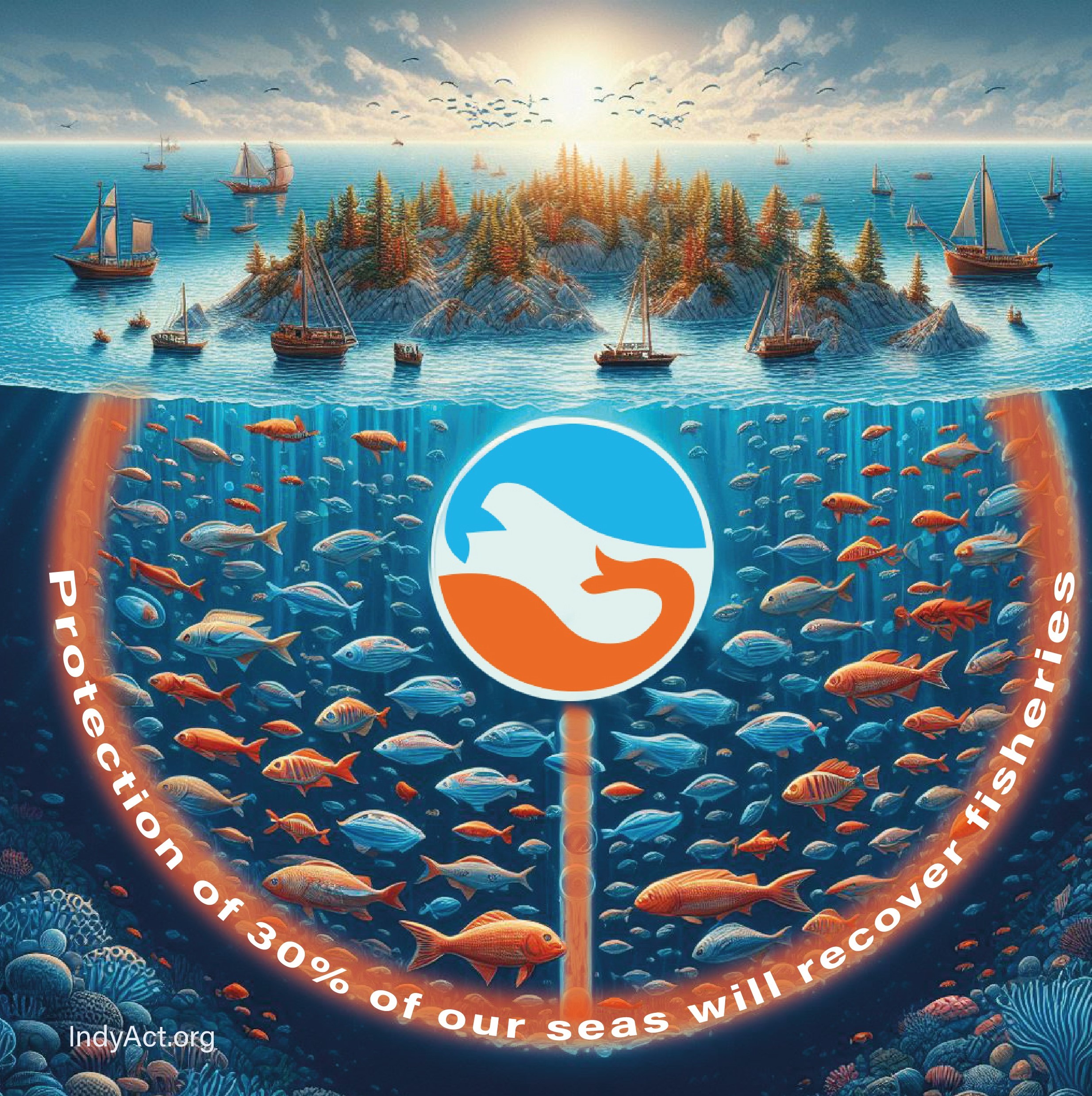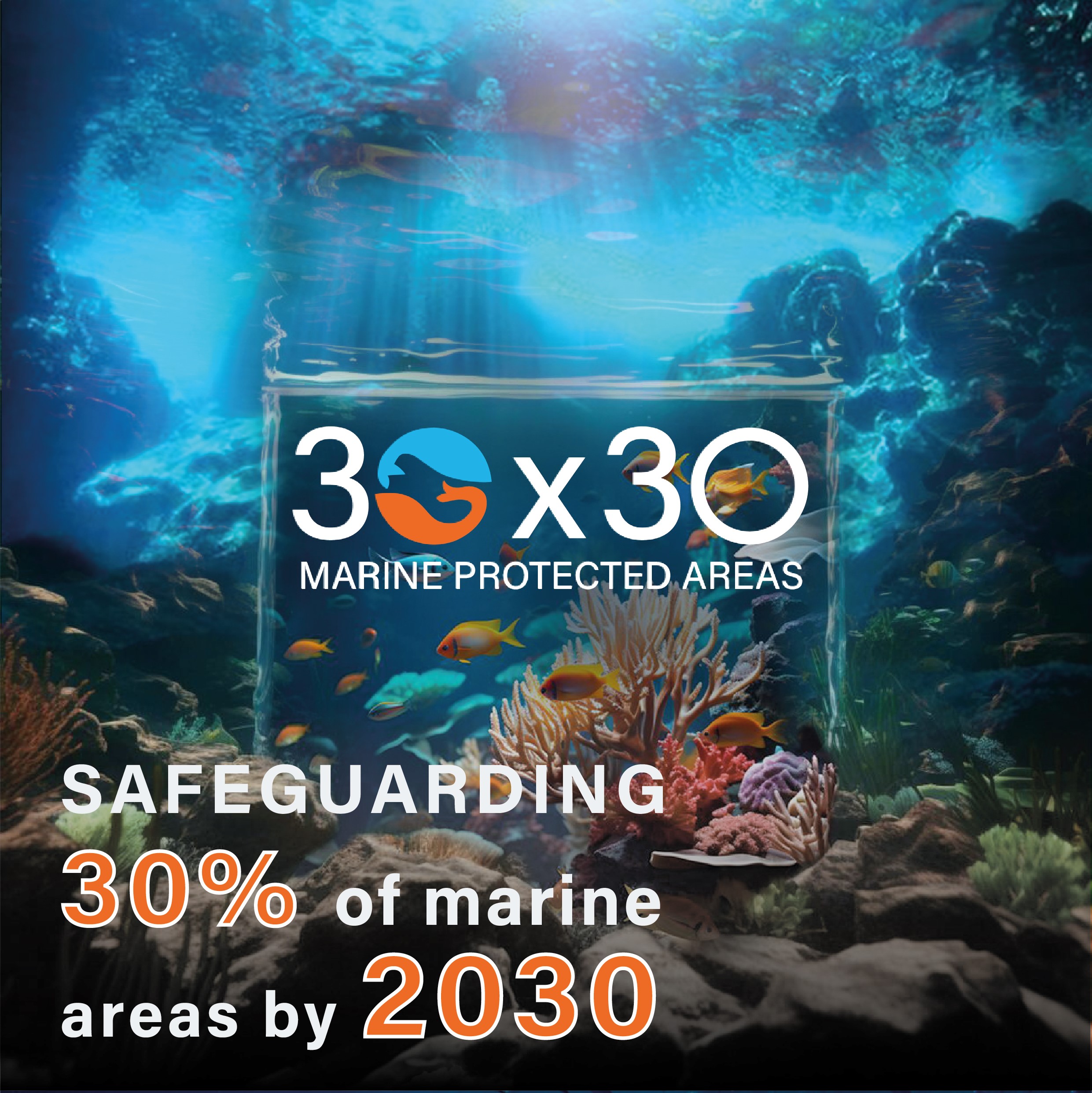The oceans are the lifeblood of our planet. They cover over 70% of the Earth’s surface, contain over 97% of the planet’s water, and provide habitat for countless species of marine life. Unfortunately, human activities have taken a heavy toll on the oceans. Climate change, overfishing, pollution, and habitat destruction have all contributed to a dramatic decline in the health and resilience of our oceans.
But there is some good news on the horizon. After years of negotiations and advocacy, the goal of protecting 30% of the world’s oceans by 2030 is finally within reach. This ambitious target, known as the 30×30 goal, has been endorsed by governments, scientists, conservationists, and indigenous groups around the world. And now, with just a few years left to go, it looks like we might actually achieve it.
The 30×30 goal has its roots in the Convention on Biological Diversity (CBD), an international treaty that was signed in 1992 to promote the conservation of biodiversity. In 2010, the CBD set a target of protecting 10% of the world’s oceans by 2020, but this target was widely seen as insufficient to address the scale of the ocean crisis. In response, the 30×30 goal was proposed, with the aim of protecting at least 30% of the world’s oceans by 2030.
The benefits of achieving the 30×30 goal are manifold. Protecting 30% of the world’s oceans would provide crucial habitat for marine species, help to restore degraded ecosystems, and protect against the impacts of climate change. It would also support the livelihoods of millions of people who depend on the oceans for food, income, and cultural identity.
But achieving the 30×30 goal is no small feat. It requires a coordinated effort by governments, conservation organizations, and other stakeholders around the world. It also requires overcoming some significant obstacles, such as resistance from industries that depend on the oceans, and the challenge of designing and implementing effective marine protected areas (MPAs).
One key tool in achieving the 30×30 goal is the creation of MPAs. These are areas of the ocean that are set aside for conservation purposes, with restrictions on activities such as fishing, mining, and drilling. MPAs can provide crucial habitat for marine species, help to restore degraded ecosystems, and protect against the impacts of climate change. However, designing and implementing effective MPAs is not easy, and requires careful consideration of factors such as the location, size, and design of the protected area, as well as consultation with local communities and stakeholders.

Despite these challenges, progress towards the 30×30 goal has been encouraging. In 2019, a group of countries committed to the 30×30 goal at the UN General Assembly, and in 2020, the European Union committed to protecting 30% of its waters by 2030. Many other countries, including Canada, Chile, and Costa Rica, have also made significant strides towards achieving the goal.
In conclusion, the 30×30 goal represents a critical milestone in the fight to protect the oceans. By protecting at least 30% of the world’s oceans, we can help to restore degraded ecosystems, protect marine species, and support the livelihoods of millions of people around the world. While achieving the goal will require overcoming significant challenges, progress towards it has been encouraging. With just a few years left to go, it’s essential that we continue to work together to make the 30×30 goal a reality.



